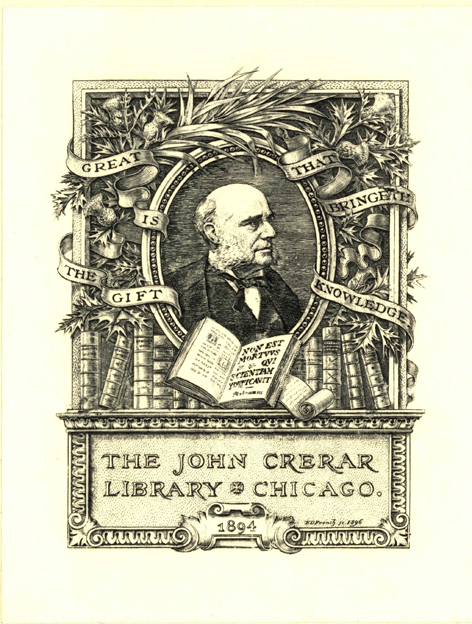Review by Choice Review
In a book long overdue, Wargo traces the development of the pesticide industry, beginning with the discovery in 1939 of the powerful insecticide DDT. Pesticides include insecticides, herbicides, fungicides, and rodenticides, and are used in many applications in US industry and life, from agriculture to commerce. Ample time and space are devoted to the development of DDT and its remarkable impact on controlling the spread of malaria and related diseases starting in the early 1940's but ending in 1972, when the insecticide was officially banned for use in the US due to its unacceptably high toxicity and persistence in the environment. Facts and figures are presented (to the extent they are made available by the pesticide industry) regarding the number of different, active pesticide ingredients registered (about 600), the number of inert ingredients (about 1600), and the number of different pesticide formulations or products on the market today (very roughly, about 30,000). Chapter 7, "Human Ecology of Pesticide Residues," is a mind-opening study of pesticide exposure and risk faced by each one of us daily. It is followed by an equally important chapter detailing why children are especially susceptible. Ultimately, this carefully researched work shows how incomplete scientific evidence, a fractured legal system, and a bureaucratic federal agency (the EPA) have resulted in failure to set objective, enforceable standards and solve this pressing, global problem. General; undergraduates through faculty. A. S. Casparian Wentworth Institute of Technology
Copyright American Library Association, used with permission.
Review by Library Journal Review
Wargo (political science, Yale), a former member of two National Academy of Science committees researching pesticide regulations, showcases his many years of research experience in this comprehensive work. In it he contends that current regulations ignore the heightened sensitivity of children to pesticides. Wargo begins his analysis by outlining the historical development of pesticide use and regulation, including a fascinating look at the development of DDT. In so doing, he demonstrates that pesticide regulations are firmly grounded in midcentury science and technology. Regulations simply have not been brought up to date with recent advances in sampling methods, cancer research, and computer applications, with potentially disastrous consequences. Unfortunately, Wargo's writing is stiff, overly technical, and repetitive in many areas, and statistics are left largely unexplained to the lay reader. Consequently, most will leave this title on the shelf and choose less authoritative but more readable works such as Herbert L. Needleman and Philip J. Landrigan's Raising Children Toxic Free (LJ 10/1/94). Recommended for academic libraries and strong environmental collections.Steven Anderson, Baltimore Cty. Circuit Court Law Lib., Towson, Md. (c) Copyright 2010. Library Journals LLC, a wholly owned subsidiary of Media Source, Inc. No redistribution permitted.
(c) Copyright Library Journals LLC, a wholly owned subsidiary of Media Source, Inc. No redistribution permitted.
Review by Choice Review
Review by Library Journal Review

